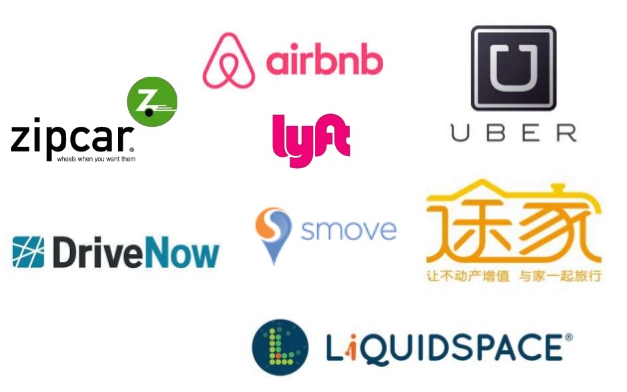Technology
IRS Offers Tax Resources for Gig Economy – Tax Guide for Uber and Airbnb
Sep. 28, 2016

Do you have clients who drive for Uber or offer accommodations through Airbnb? They are part of the new “sharing economy.” Technology featuring online platforms and cellphone apps has modernized the age-old concept of sharing goods and services. So some of your clients may drive customers around town or perform household chores for them or even watch their pets while they’re away.
Of course, this can lead to a host of tax-related issues. Recognizing the trend, the IRS recently announced it has posted information on its website that provides guidance to taxpayers and tax practitioners alike (IR-2016-110, 8/22/16).
The IRS has worked in conjunction with the National Taxpayer Advocate (NTA), a watchdog for the public, to create the Sharing Resource Center. Typically, it describes situations where the Internet is used to connect suppliers willing to provide services or use of assets to consumers. The platforms are also used to connect workers and businesses for short-term work.
“This rapidly evolving area often presents new challenges for people engaged in these economic activities, whether they are renting a room or providing a ride,” said IRS Commissioner John Koskinen. “The IRS is working to help people in this area by providing them the information and resources they need to file accurate tax returns.”
To help taxpayer meet reporting requirements, the Sharing Economy Resource Center offers resources and tips on a wide variety of topics, ranging from filing requirements and making quarterly estimated tax payments to self-employment taxes and special rules for vacation home rentals. In addition, tax-preparation software can be helpful. Consumers are encouraged to contact tax professionals for further assistance.
Notably, the Sharing Economy Resource Center covers the following topics.
Tax obligations: Income received is generally taxable whether or not the taxpayer receives a Form 1099, W-2 or some other income statement. This is true if the sharing economy activity is only part-time or a sideline business and even if the recipient is paid in cash.
Deductions: On the other hand, depending upon the circumstances, certain business expenses may be deductible. What’s more, simplified options may be available. For example, someone who uses a car for business travel may be able to use the standard mileage rate of 54 cents per business mile in 2016.
Rentals: Special rules generally apply to the rental of a home, apartment or other dwelling unit used by the taxpayer as a residence during the year. Usually, rental income must be reported in full, expenses have to be divided between personal and business purposes and other deduction limits apply. However, if the dwelling unit is rented out for fewer than 15 days during the year, none of the rental income is reportable, nor can you deduct any rental expenses.
Estimated tax payments: The U.S. uses a “pay-as-you-go” tax system. This means that people involved in the sharing economy often must make estimated tax payments during the year to cover their tax obligations. Payments are due on April 15, June 15, September 15 and January 15. Form 1040-ES is used to figure these payments.
Payment options: The fastest and easiest way to make estimated tax payments is to do so electronically through the Direct Pay or Electronic Federal Tax Payment System (EFTPS).
Withholding: Alternatively, taxpayers involved in the sharing economy who are employed at another job might avoid estimated tax payments by increasing the tax withheld from their paychecks. They can file Form W-4 with the employer to request additional withholding. The online Withholding Calculator is also a valuable resource.
To visit the Sharing Economy Resource Center, go to
https://www.irs.gov/businesses/small-businesses-self-employed/sharing-economy-tax-center.
